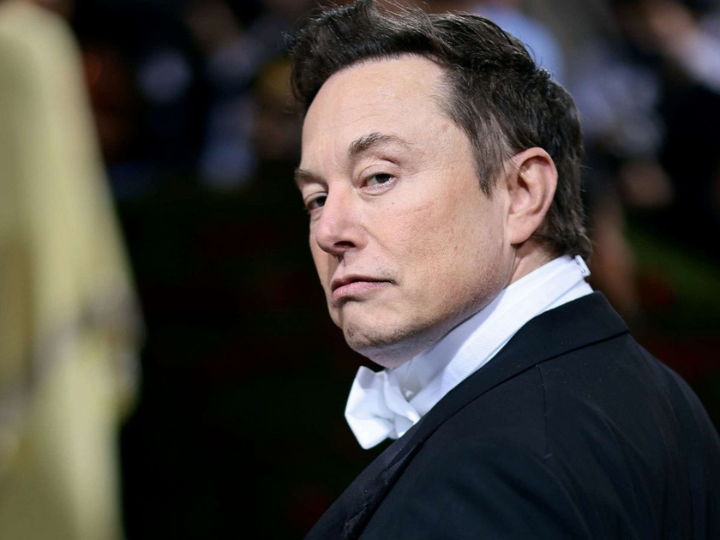by Rajnish Singh
Visit any funfair and you’ll find a familiar game: children and parents wielding fishing rods with magnets, trying to hook plastic ducks or fish for prizes. But magnets aren’t just child’s play. They’re central to modern warfare—embedded in drones, missile guidance systems, and the F-35, the frontline fighter for the US and its NATO allies.
The rare earth elements that power these magnets are no longer mere industrial inputs—they’re strategic assets. And the global scramble to control them is now influencing trade policy and diplomatic relations between the United States, China, and other major international players.
President Donald Trump’s recent trade détente with Chinese President Xi Jinping, following months of tariff brinkmanship, is less about soybeans and more about rare earths—and the race to secure them. The deal, struck on the sidelines of the ASEAN summit in Kuala Lumpur and set for finalisation at APEC in South Korea on Thursday 30 October, reveals how mineral dependency is reshaping global alliances and trade priorities.
At the heart of the agreement lies a quiet concession: China will delay its new rare earth export licensing regime by one year. That pause, though temporary, offers the US breathing space in its effort to diversify supply chains away from Beijing’s near-monopoly on minerals critical to semiconductors, electric vehicles, and defence systems.
Trump hailed the deal as “fantastic,” citing resumed Chinese purchases of US soybeans and a resolution on TikTok’s US operations. But behind the headlines lies a more fundamental calculation: avoiding a mineral chokehold that could cripple American industry and national security.
With China currently controlling over 90% of global rare earth processing, its threat to tighten exports earlier this year sent shockwaves through Washington. The Trump administration’s response—a mix of tariffs, pressure, and diplomacy—culminated in a framework that trades tariff relief for mineral access.
Beijing, however, is not the only player in the rare earths game. Japan and the EU are emerging as key partners in a broader mineral diplomacy aimed at reducing collective dependence on China.
A reflection of this came just ahead of Trump’s meeting with Xi, when he and Japanese Prime Minister Sanae Takaichi signed a deal to co-develop rare earth processing technologies and secure joint supply chains. The agreement also includes cooperation on next-generation nuclear reactors, expanding the industrial scope beyond minerals.
Meanwhile, Brussels is prioritising access to vital minerals. European Commission President Ursula von der Leyen recently declared the bloc’s intent to end reliance on Chinese rare earths, citing national security and industrial resilience. The EU’s Critical Raw Materials Act sets ambitious 2030 benchmarks for extraction, processing, and recycling across member states.
One of the most ambitious initiatives involves Greenland, where the EU and Japan are exploring joint development of rare earth deposits—prompting Trump’s recent remarks suggesting the area should be under US control.
Though fraught with legal and environmental hurdles, the project underscores a growing willingness to invest in politically sensitive regions to secure strategic resources.
For Washington, these moves are both reassuring and revealing. They offer access to alternative reserves, but also signal a shift towards multipolar mineral governance. The US–Australia rare earth processing deal, signed earlier this year, fits into this trend, reinforcing the push for diversification.
Still, the road to reducing reliance on China is long. While the Trump–Xi deal buys time, it does little to alter the structural imbalance in rare earth supply. Beijing’s negotiating hand remains strong, and the US remains vulnerable to future disruptions.
As the Asia-Pacific Economic Cooperation summit approaches, the mineral truce may hold. But scratch the surface, and a new era of resource diplomacy is taking shape, one where rare earths are the key piece on a global chessboard, and every move counts.
With Christmas fast approaching, and children’s games and toys filled with magnets, the rare earths used to make them are no longer just for fun, they’re part of a far more serious game.




 By: N. Peter Kramer
By: N. Peter Kramer
